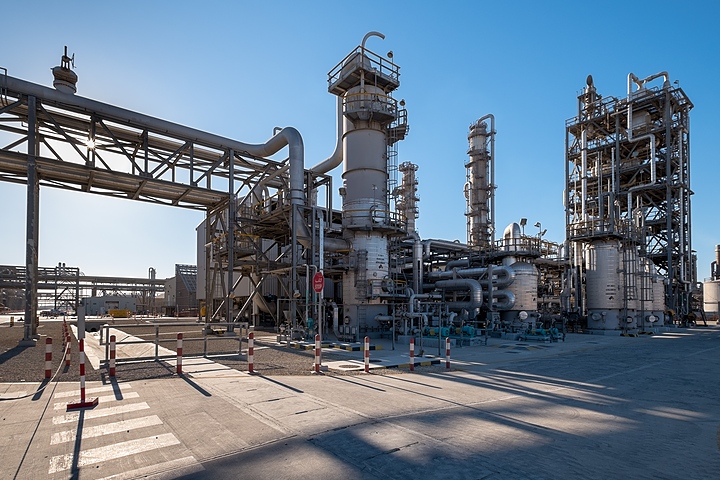Saudi Arabian chemicals and plastics group Sabic and Linde Engineering have signed a Memorandum of Understanding (MoU) with each other and US-based Sabic unit Scientific Design to jointly explore the potential for decarbonising SD’s patented ethylene glycol (EO) process.

Scientific Design started as 50/50 a joint venture between Sabic and Swiss speciality chemical maker Clariant. The Saudi company said it bought out its partner last year.
Scientific Design regards itself as a global leader in development, licensing, and catalyst supply of proprietary processes for ethylene oxide (EO), ethylene glycol (EG) and derivatives as well as polyols and maleic anhydride. The collaboration should help position the company as a leader in offering Zero Carbon Ready EO/EG Technology, CEO Atieh Abu Raqabah said.
The collaboration plans call for offering Sabic’s CO2 recovery and purification technology to SD-licensed glycol production facilities worldwide to establish sustainable EO and EG production methods and at the same time help create industry-wide benchmarks for carbon-neutral industries.
According to Sabic, the process has already demonstrated its effectiveness in what it claims is the world’s largest carbon capture and utilisation (CCU) plant at the site of its monoethylene glycol (MEG) manufacturing affiliate Jubail United Petrochemical Company, which has annual production capacity of around 700,000 t/y.
The technology is said to be capable of recovering and purifying up to 500,000 t/y of CO2 annually that would otherwise be emitted during production.
The Saudi firm said a successful collaboration with Scientific Design and Linde Engineering would represent a “significant step toward transforming the chemical industry and accelerating the transition to a sustainable and carbon-neutral future.”
Defining the roadmap
Sabic has outlined a “clear pathway” toward carbon neutrality that Bob Maughon, executive vice-president for technology and innovation, said necessitates the advancement of innovative technologies on a large scale, both in its existing asset base and along its future growth path.
In working together with SD and Sabic, John van der Velden, Linde Engineering’s president global sales & technology, said his company hopes to find solutions that support a carbon-neutral petrochemical industry.
The roadmap presented by Sabic in 2021 identified five critical pathways toward carbon neutrality, including energy efficiency, renewable energy, electrification, carbon capture, utilisation and storage (CCUS), and green/blue hydrogen.
Targets outlined at the time called for a 20% reduction in interim Scope 1 and 2 emissions compared with 2018 and achieving the Paris Agreement’s goal of becoming carbon neutral by 2050.
Saudi Arabia joins CCS thinktank
In October 2023, the Kingdom of Saudi Arabia became a member of the Global CCS Institute, an international think-tank that focuses on scaling-up carbon capture and storage technology (CCS).
The Saudi energy ministry, which is steering the government’s carbon mitigation efforts, said it will work closely with the institute, whose members include the governments of the US, UK, China, Japan, and Australia, as well as multinational companies such as Shell, ExxonMobil, Toshiba, Kawasaki, and BHP on capacity building.
In 2022, Saudi Arabia announced plans to develop one of the largest CCS hubs in the world at Jubail, where 44 mn t/y of CO2 is expected to be mitigated through CCS.
Source: Plast Europe